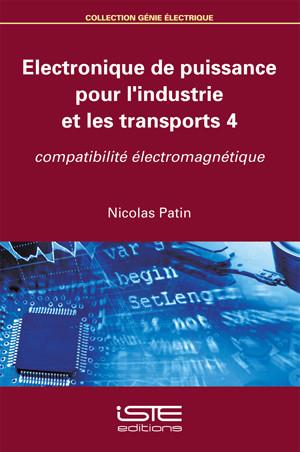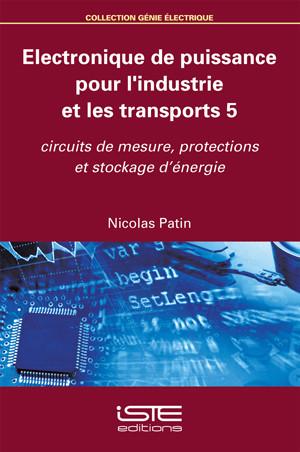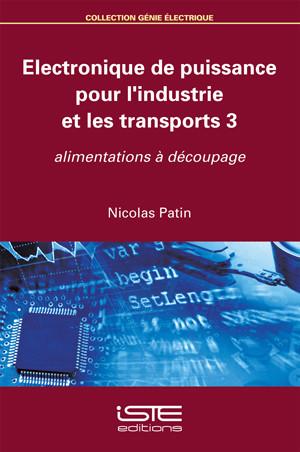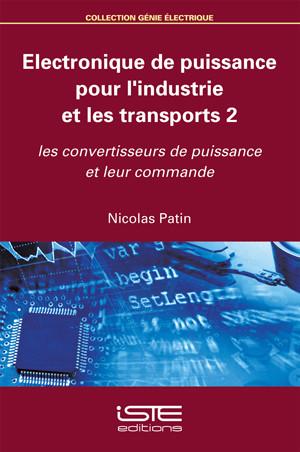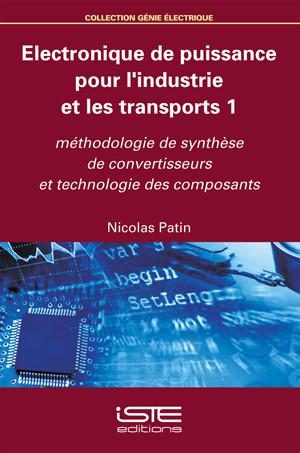
Power electronics is based on the operating system of switching semiconductor components. On this basis, the concepts of type (voltage or current) and reversibility of interconnected sources make it possible to apply a methodology for the synthesis of various types of converters. This volume, the fourth book of the series, concentrates on the study of […]
Power electronics is based on the operating system of switching semiconductor components. On this basis, the concepts of type (voltage or current) and reversibility of interconnected sources make it possible to apply a methodology for the synthesis of various types of converters.
This volume, the fourth book of the series, concentrates on the study of disturbance mechanisms and on tools used to combat these difficulties.
The first chapter presents sources of interference, including not only artificial sources, such as electronic switches in switching mode, but also natural interference (lightning and static electricity carried by the human body). Spectral modeling of the PWM waveform using an innovative approach, not widely used in power electronics, based on the Heisenberg uncertainty principle, is presented in detail.
Chapters 2 and 3 focus on the paths taken by electromagnetic disturbances between the emitter and the receiver. Chapter 2 discusses conducted interference and, more generally, interference using electrical couplings with lumped elements. Chapter 3 discusses propagation mechanisms for which the spatio-temporal dimension cannot be reduced. While this clearly includes the case of radiated interference, the division between Chapters 2 and 3 does not fully conform to the classic separation of conducted and radiated interference generally used when studying electromagnetic compatibility.
Finally, this volume includes two appendices. The first appendix provides general formulas for electrical engineering, whereas the second appendix concerns spectral analysis, as presented in Volume 2.
1. Introduction to EMC.
2. Lumped Parameter Models.
3. Distributed Element Models.

